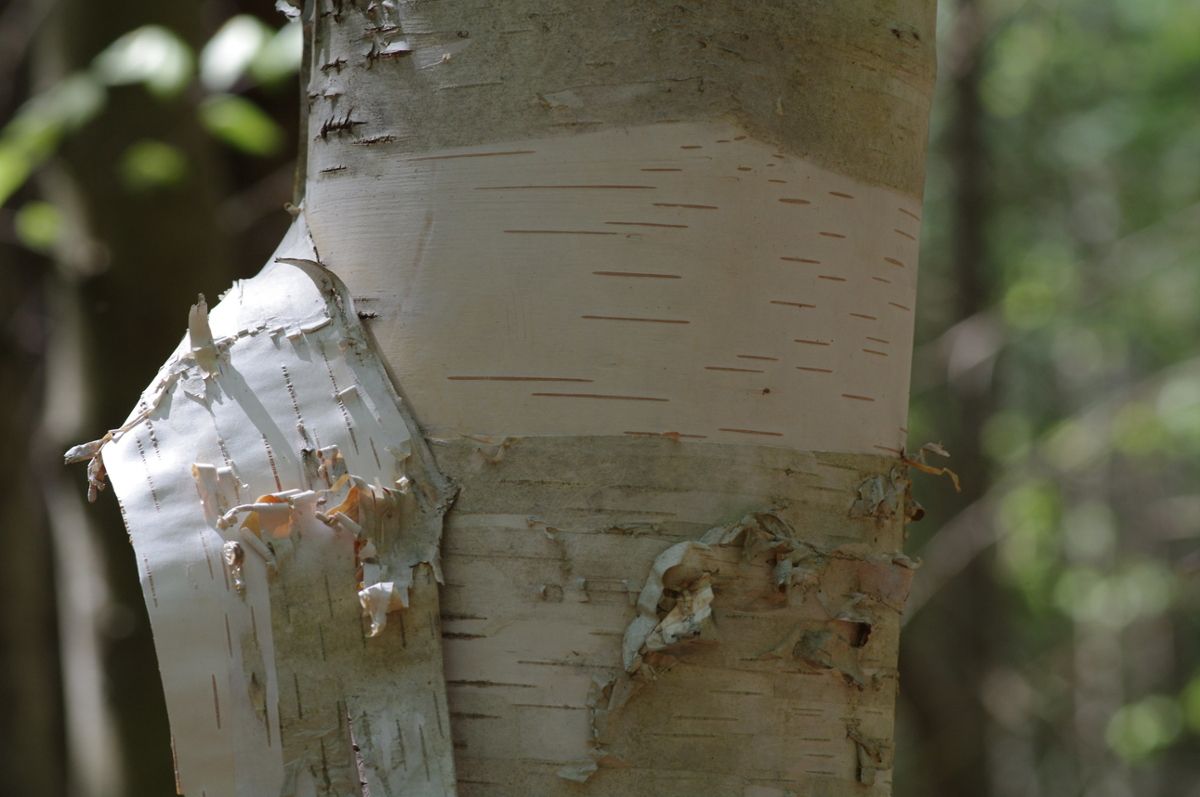At one Stone-Age-era archaeological site in southern Denmark on the island Lolland all of the artifacts have been sealed in mud since the Mesolithic period 6,000 years ago. The mud has kept the organic material at the site very well preserved. One artifact is what researchers are calling an early version of chewing gum, made from birch pitch that oozed from birch bark after being heated.
The ancient Northern Europeans might have chewed the pitch for many reasons. They might have chewed on pitch before using it to fix stone blades on weapons or tools. They might have chewed pitch for its antiseptic benefits, which can relieve small pains like toothaches. In any case, the birch pitch preserved so well that researchers were able to extract an entire human genome from it. This genetic material gives a very detailed snapshot of the woman who chewed the gum. Her DNA tells us that she had dark hair, dark skin, and blue eyes. It also shows that she lived among hunter-gatherers at a time when elsewhere in Europe groups were already adopting farming.
Unfortunately, the woman’s DNA can’t reveal certain things, like her age or much about her diet. But what makes the birch pitch so remarkable is that the gum has also sealed in microbes from her mouth. Those microbes hold traces of the Epstein-Barr virus that can cause cellular mononucleosis or glandular fever. The microbes also hold morsels of duck and hazelnut that might have been this woman’s last meal. Sequencing the DNA from these microbes allows the researchers to study where she and her relatives originated and how they evolved.










